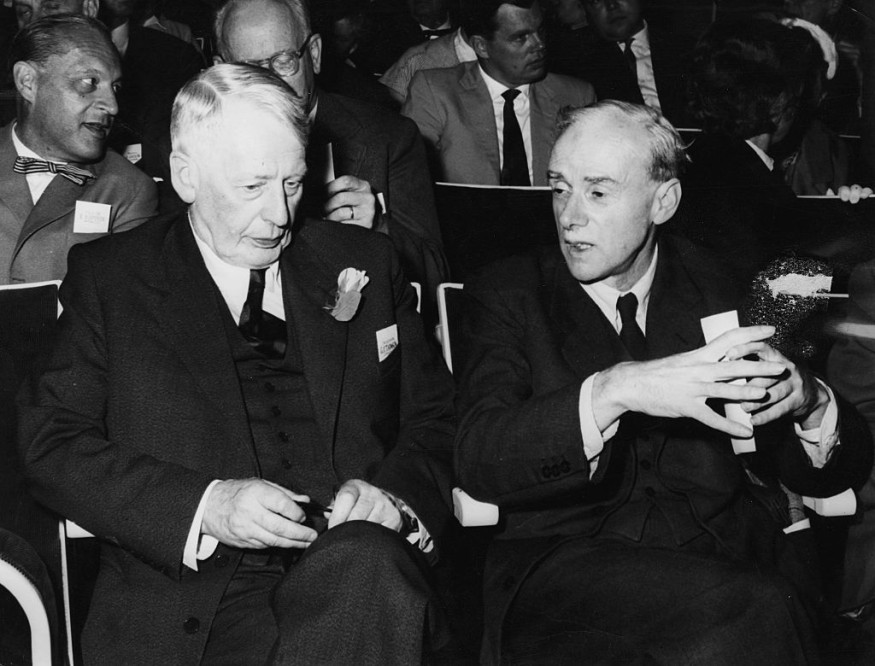
August 8 is the birth anniversary of Paul Dirac (1902-1984), a significant theoretical physicist who is recognized for his revolutionary contributions to quantum field theory and quantum mechanics.
Who Was Paul Dirac?
Live Science notes that Paul Dirac was one of the most essential figures in quantum physics' early days. In fact, he was among the pioneers of quantum theory, which involves the submicroscopic world of atoms and other constituents.
He studied at the University of Bristol and later continued his education at Cambridge's St. John's College. He got his Ph.D., in 1926, which was the start of his journey in the field of theoretical physics, the Observer Voice explains.
Paul Dirac, along with Erwin Schrödinger, was the recipient of the Nobel Prize for physics in 1933.
Dirac Equation's Impact on Quantum Physics
Most notably, Paul Dirac's biggest contribution came when he formulated the Dirac equation in 1927. Prior to 1927, no one was aware of the existence of antimatter. However, this year, Paul Dirac penned the equation that revealed electrons moving at a speed close to that of light. Paul Dirac also observed that these particles harbored something odd.
Before this, in 1926, Erwin Schrödinger penned the Schrödinger equation. This equation illustrated how probability quantum waves spread through space. However, the issue with this earlier equation was that it did not cover the other revolution in physics in the 20th century. Though this equation functions well when describing electrons within tiny atoms, it breaks down in conditions where several protons are present in a nucleus and an electron gets whirled down at a rate close to the cosmic speed limitations and where the electric force of some protons within the nucleus leads to an orbit that is slower than the speed of light. There was a need to have an equation that coincided with Einstein's special theory of relativity and illustrated the odd things that take place in time and space as mass nears the speed of light. This was what Dirac ventured to discover.
Paul Dirac used a two-by-two table full of numbers, known as a matrix, as he found it impossible to illustrate the relativistic qualities of electrons using numbers alone. Such twoness captured the electron's puzzling qualities. Live Science adds that experiments showed that the particle spun in either of the two ways. It was spinning clockwise or anticlockwise. However, according to Einstein, it was impossible for an electron to be understood unless it moved faster than the speed of light. Hence, physicists had to embrace the fact that the electron's spin was something novel.
Dirac explained that his equation offered the properties necessary for an electron, adding that it was something very unexpected to him. John Hasbrouck Van Vleck, an American physicist, explains that the description of the spin of the electron could be compared to the magical extraction of rabbits from a hat of silk.
The physicist also noticed while writing the equation that there was an odd duplication in the machinery. It did not just describe an electron that was negatively charged but also a particle that had the mass of an electron but was positively charged. During this time, only protons, electrons, and photons were known. As such, great physicists back then thought that the Dirac equation could be erroneous. However, it was shown later on that Dirac was right. This was observed through 1933 experiments performed by American physicist Carl Anderson, who labelled the positively charged electron as "positron."
Check out more news and information on Quantum Physics in Science Times.












